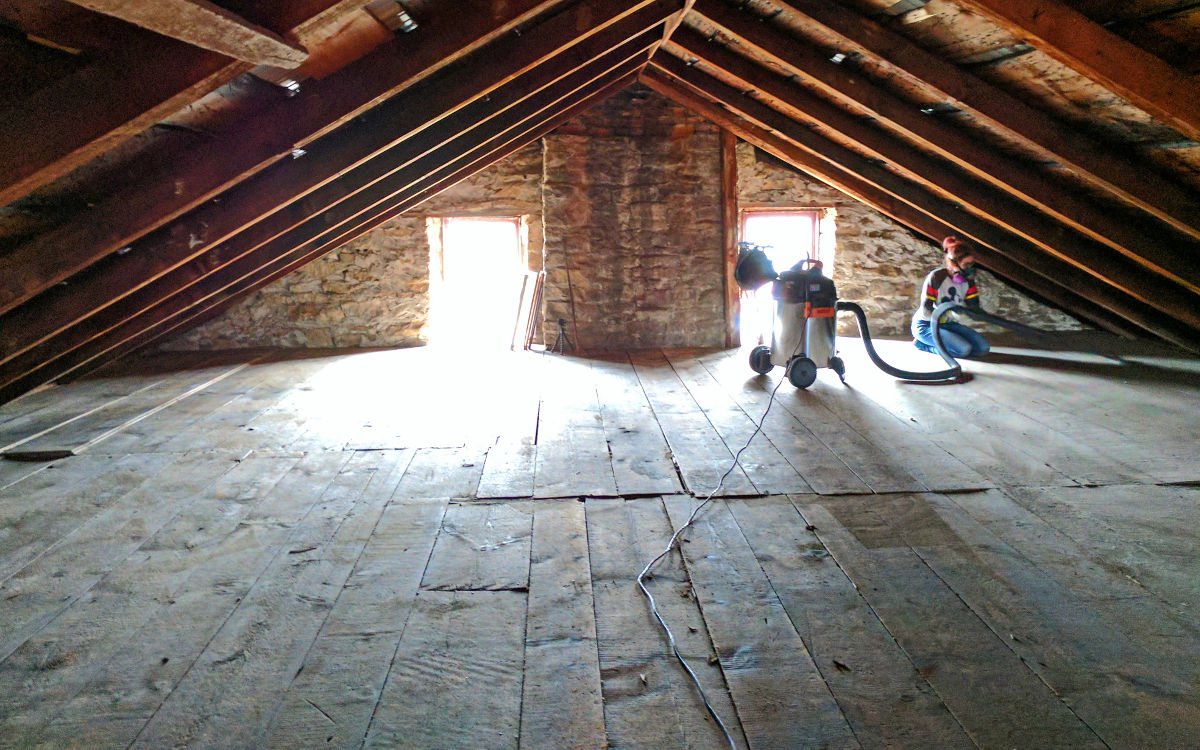As the seasons change, ensuring your attic is adequately weatherproofed becomes essential for maintaining a comfortable and energy-efficient home. Proper attic weatherproofing not only helps in reducing energy costs but also extends the lifespan of your home. In this article, we will explore numerous attic weatherproofing tips that are vital for homeowners and real estate developers alike.

Why Weatherproofing Your Attic Matters
One of the key reasons to focus on attic weatherproofing is to prevent heat loss during the winter and heat gain during the summer. An inadequately weatherproofed attic can lead to higher energy bills and uncomfortable living conditions. By implementing effective weatherproofing strategies, you can ensure your home remains cozy throughout the year.
Inspecting Your Attic
Conduct a Thorough Inspection
Before you begin any weatherproofing efforts, it is crucial to conduct a comprehensive inspection of your attic. Look for any signs of damage, leaks, or inadequate insulation. Identifying these issues early on will help you address them effectively.
Check for Leaks and Drafts
Leaks and drafts are common problems in attics. Ensure that you seal any gaps around windows, doors, and vents to prevent air from escaping or entering. This simple step can significantly improve your home’s energy efficiency.
Insulation: The Key to Effective Weatherproofing
Choose the Right Insulation Material
There are several insulation materials available, including fiberglass, cellulose, and spray foam. Each material has its pros and cons, so it’s essential to choose the one that best suits your needs and budget.
Proper Installation Techniques
Even the best insulation material will not perform optimally if not installed correctly. Consider hiring a professional to ensure that your insulation is installed properly and effectively.
Ventilation: An Often Overlooked Aspect
Importance of Proper Ventilation
Ventilation is a critical component of attic weatherproofing. Without adequate ventilation, moisture can accumulate, leading to mold growth and structural damage. Ensure your attic has sufficient vents to allow for proper air circulation.
Types of Ventilation Systems
There are various types of ventilation systems, including ridge vents, soffit vents, and gable vents. Choosing the right system depends on your attic’s design and your specific needs.
Sealing Gaps and Cracks
Identify Common Problem Areas
Gaps and cracks can occur in various parts of your attic, including around pipes, ducts, and electrical outlets. Identifying these problem areas is crucial for effective sealant application.
Choosing the Right Sealant
There are different types of sealants available, such as caulking and weatherstripping. Choose a sealant that is appropriate for the material and location of the gap or crack.
Addressing Moisture Issues
Preventing Moisture Buildup
Moisture buildup in the attic can lead to mold growth and structural damage. Ensure proper ventilation and use vapor barriers to minimize moisture accumulation.
Dealing with Existing Mold
If you discover mold in your attic, it’s essential to address it promptly. Consider hiring a professional mold remediation service to ensure safe and effective removal.
Additional Weatherproofing Measures
Install Attic Fans
Attic fans help regulate temperature and moisture levels, contributing to a more comfortable and energy-efficient home.
Consider Radiant Barriers
Radiant barriers reflect heat away from your attic, keeping your home cooler during the summer months. This can be a valuable addition to your weatherproofing strategy.
Regular Maintenance and Upkeep
Schedule Routine Inspections
Regular inspections and maintenance are essential for keeping your attic in top condition. Address any issues promptly to avoid costly repairs down the line.
Stay Informed
Stay informed about the latest weatherproofing technologies and techniques. This knowledge will help you make informed decisions about your attic’s care.
Conclusion
By following these attic weatherproofing tips, you can ensure a comfortable and energy-efficient home all year long. Whether you are a homeowner or real estate developer, investing in proper weatherproofing measures is a wise decision that will pay off in the long run.

FAQ
How often should I inspect my attic?
It’s recommended to inspect your attic at least twice a year, preferably in the spring and fall.
Can I install attic insulation myself?
While it’s possible to install insulation yourself, hiring a professional ensures proper installation and maximum efficiency.
What is the best type of insulation for attics?
Fiberglass and cellulose are popular choices, but the best type depends on your specific needs and budget.
For more detailed guidance, consider checking out these attic organization tips or external advice on attic ventilation.
This article contains affiliate links. We may earn a commission at no extra cost to you.



